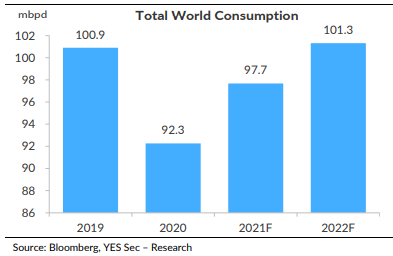
Vaccines seem at work in the #UK. With every incremental day of contained deaths in the UK, the efficacy of the #vaccines in containing #COVID19 mortalities appears clearer. The infection and mortality curves in the UK make this fairly clear. While the infections curve...(1/6) 

...in the UK continues to rise and is yet to see a peak, the daily fatalities have barely seen a pickup, compared to where it was the last time around. During the last wave, the mortality curve saw a pickup around a month or so after the infections curve. Looking...(2/6)
...at absolute numbers, the 7D average (7DAvg) of daily infections is now at 34k+ and the 7DAvg of daily deaths are at 30. During the last wave, on the rising part of the curve, when 7DAvg cases stood at 34k+ (25 Dec), the 7DAvg mortality stood at 480. This can be...(3/6)
...attributed to the high rate of vaccinations. The UK has vaccinated 51% of its population with 2doses, higher than the #US at 48%. The only two countries of size that have a higher double dose vaccination rate are #UAE (66%) and #Israel (60%). It is therefore a fairly...(4/6)
...reasonable assumption to make that the vaccines are greatly helping reduce fatalities this time around. From a numbers standpoint, data from other countries would help affirm vaccine efficacy. Like noted in an earlier tweet, a third interesting variable to...(5/6)
...note here is the hospitalisation curve that appears to have inched up in the US and the UK. Whether this translates into recoveries or mortalities would be important to assess the COVID-19 curve in these countries.(6/6)
@OurWorldInData
@OurWorldInData
• • •
Missing some Tweet in this thread? You can try to
force a refresh






